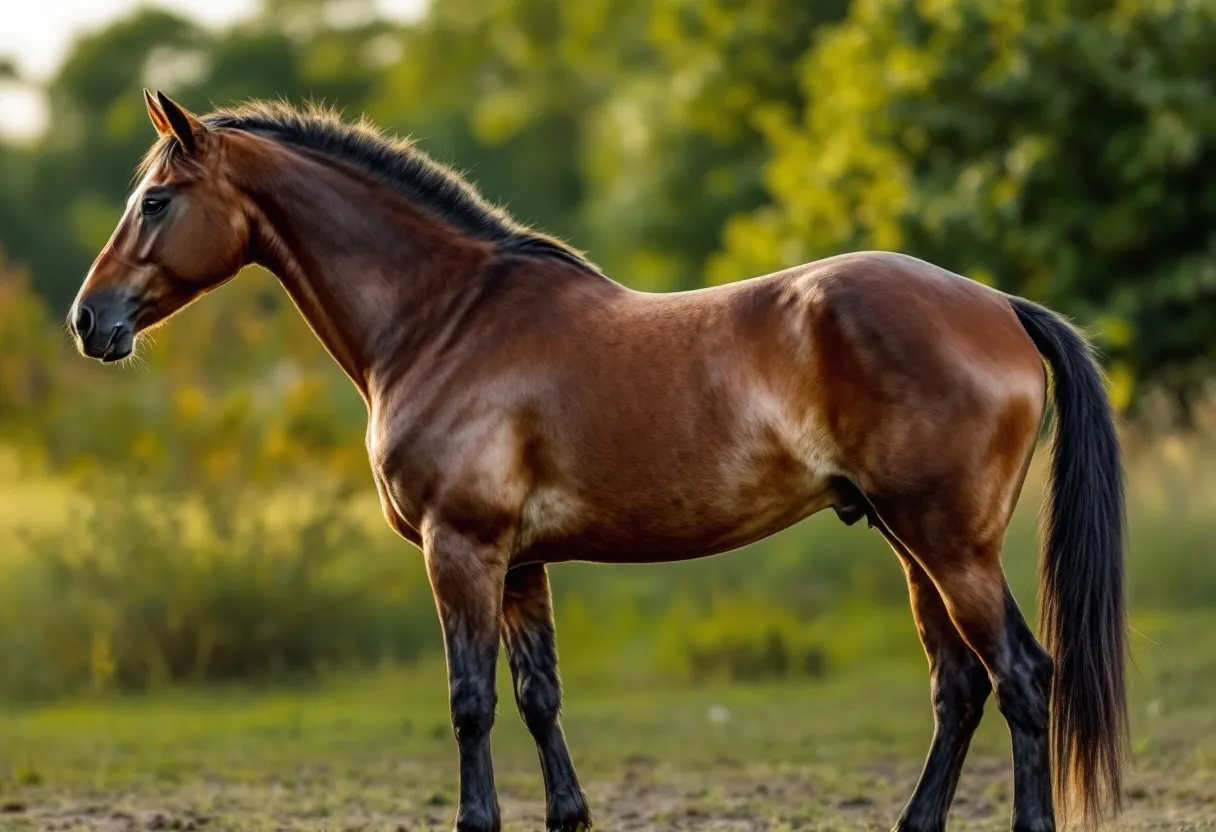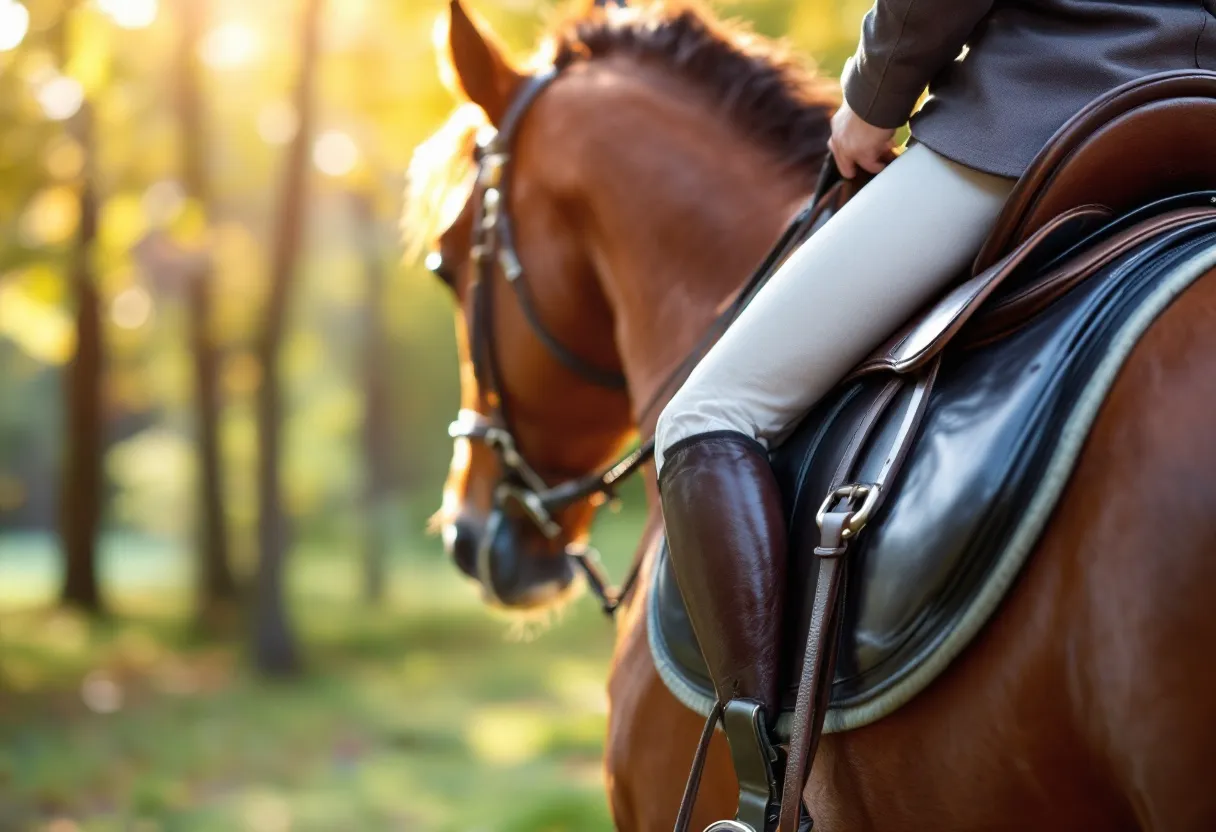Ah, the noble quest for the perfect saddle! It’s a bit like finding the perfect pair of jeans – you know it when you feel it, but getting there can be a journey. As someone who’s spent more years than I care to admit fiddling with billets and adjusting girths, I can tell you that saddle fitting is part science, part art, and a whole lot of feel. And trust me, getting it right makes all the difference for both you and your equine partner. I remember one time back in Kentucky, I saw a beautiful Thoroughbred practically *dance* with relief after we swapped out his ill-fitting saddle. That’s when I knew I was onto something special with saddle fitting.
Understanding the Importance of a Proper Saddle Fit
Let’s be honest, an ill-fitting saddle is a recipe for disaster. It can cause discomfort, pain, and even long-term injuries to your horse. Think about it – you wouldn’t run a marathon in shoes that pinch, would you? A well-fitted saddle, on the other hand, distributes weight evenly, allowing your horse to move freely and comfortably. This, in turn, enhances performance and strengthens the bond between you and your horse. And believe me, a happy horse makes for a happy rider! There is a lot of important parts, the key parts include the tree (the frame), the panels (the underside), and the gullet (the channel that runs along the horse’s spine). A well-fitted saddle should distribute weight evenly across your horse’s back.
Assessing Your Horse’s Conformation
Every horse is unique, and their conformation plays a crucial role in saddle selection. Before you even think about browsing saddles, take the time to assess your horse’s back. Consider these factors:
- Withers: Are they high, medium, or low? Sharp or rounded?
- Back Shape: Is it straight, swaybacked, or roached?
- Shoulder Angle: Is it broad or narrow?
- Muscle Development: Is it even and symmetrical?
This information will help you determine the tree shape and panel design that will best suit your horse. I like to trace my horses back with a flexible curve to get a really accurate idea of its shape. It might sound a bit obsessive, but trust me, it’s worth it!

Matching Saddle Type to Riding Style
The type of riding you do will heavily influence your saddle choice. A dressage saddle, for example, is designed with a deep seat and long flaps to promote a balanced and elegant position. A jumping saddle, on the other hand, has a more forward flap and flatter seat to allow for freedom of movement over fences. And then there are all-purpose saddles, which, as the name suggests, are a compromise between the two. I personally have a soft spot for a good all-purpose saddle, especially for pleasure riding and trail work. But if you’re serious about a specific discipline, it’s best to invest in a saddle designed for that purpose.
Measuring Your Horse for a Saddle
Before fitting the saddle, assess your horses back. Look for any unevenness or muscle development. The ideal saddle should sit comfortably on the horses back without causing pressure points. Pay attention to the withers (the highest point of the horses shoulder) and the spine.
Okay, time to get down to business! Here’s how to measure your horse for a saddle:
- Wither Tracing: Use a flexible curve or wire to trace the shape of your horse’s withers. Transfer this tracing to paper to create a template.
- Back Length: Measure from the back of the shoulder blade to the last rib. This will give you an idea of the maximum saddle length your horse can comfortably accommodate.
- Gullet Width: Use a wither gauge or template to determine the appropriate gullet width for your horse.
Remember, these measurements are just a starting point. It’s always best to try on a few different saddles to see what works best for your horse.
Key Indicators of a Good Saddle Fit
Ensure you assess the fit during all gaits, noting any shifts or discomfort. Wrapping up, finding the perfect saddle fit is part science, part art, and a whole lot of patience.
So, how do you know if a saddle fits properly? Here are some key indicators:
- Gullet Clearance: You should be able to fit three fingers between the withers and the pommel of the saddle.
- Panel Contact: The panels should make even contact with the horse’s back, without any bridging or pressure points.
- Balance: The saddle should sit level on the horse’s back, without tilting forward or backward.
- Rider Position: The saddle should allow you to sit in a balanced and comfortable position, with your weight evenly distributed.
If you notice any of the following, the saddle may not fit properly:
- Gaps between the panels and the horse’s back
- Excessive pressure on the withers or spine
- Saddle slipping or shifting during riding
- Signs of discomfort in your horse, such as tail swishing or ear pinning
The Importance of Professional Saddle Fitting
While it’s helpful to have a basic understanding of saddle fitting, I highly recommend consulting a professional saddle fitter. A qualified fitter has the knowledge and experience to assess your horse’s conformation, evaluate saddle fit, and make necessary adjustments. They can also help you choose the right saddle for your riding style and budget. I see a saddle fitter as an investment in your horse’s well-being and your own riding enjoyment. It’s money well spent, in my book!
Regularly Reassess the Fit
Different riding disciplines often require different saddle types. A dressage saddle, for example, has a deeper seat and longer flaps for optimal positioning, while a jumping saddle is designed to be more forward-placed. Make sure the saddle aligns with your riding goals.
Keep in mind that horses bodies can change with the seasons due to weight fluctuations or muscle development. Regularly reassess the fit, especially if you notice any changes in your horses shape.
Horses change shape over time, due to age, fitness, and workload. So, what fits perfectly today might not fit so well next year. It’s important to regularly reassess your saddle fit, especially if you notice any changes in your horse’s body. I recommend checking the fit at least twice a year, or more frequently if your horse is undergoing significant changes.
Final Thoughts
Finding the right saddle for your horse can be a challenging but rewarding process. By understanding the importance of proper fit, assessing your horse’s conformation, and seeking professional guidance, you can ensure a comfortable and enjoyable riding experience for both you and your equine partner. Happy trails!
